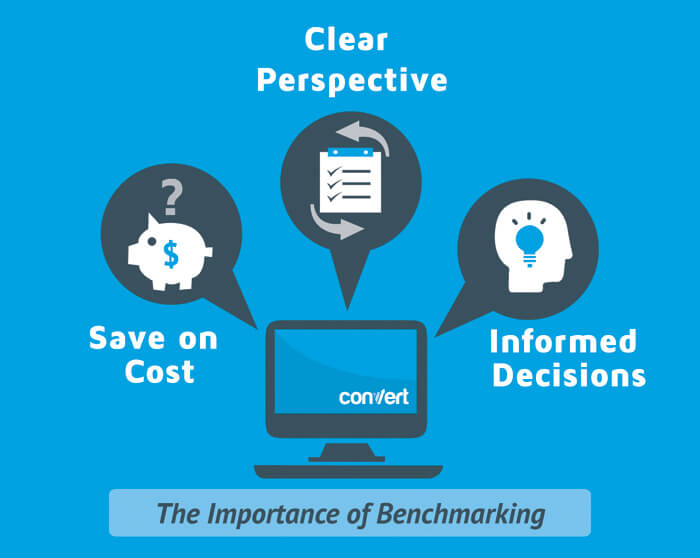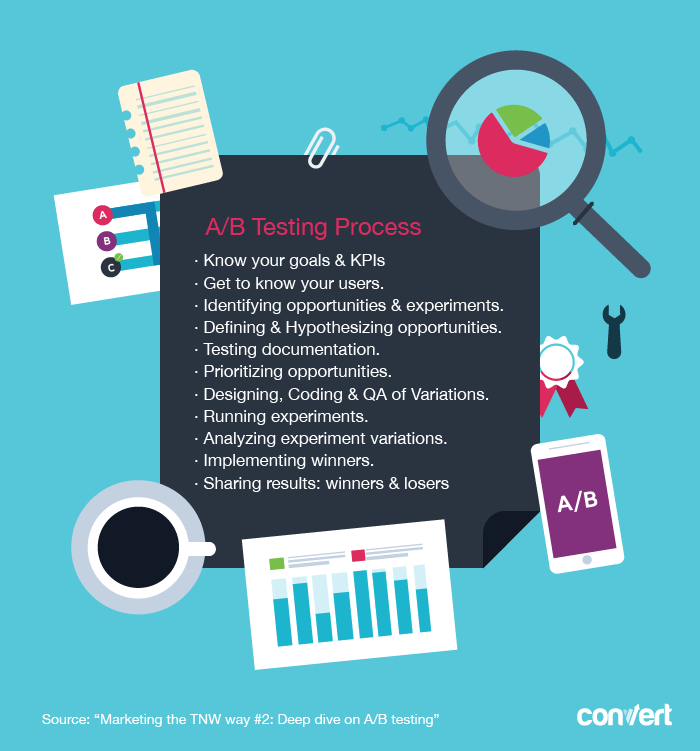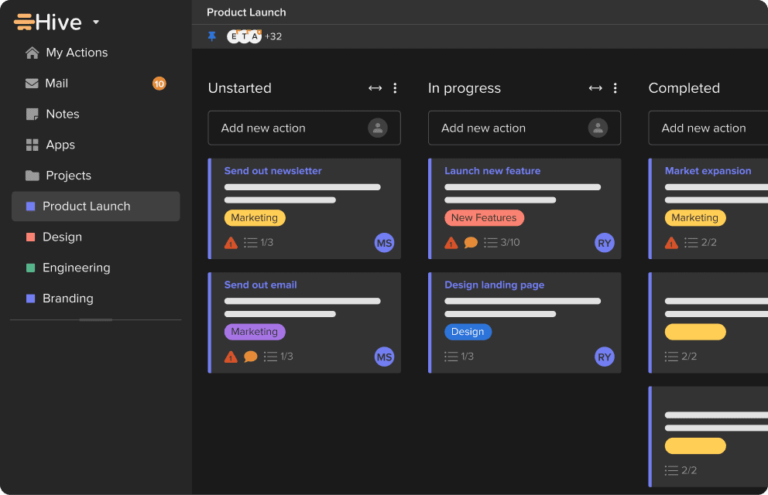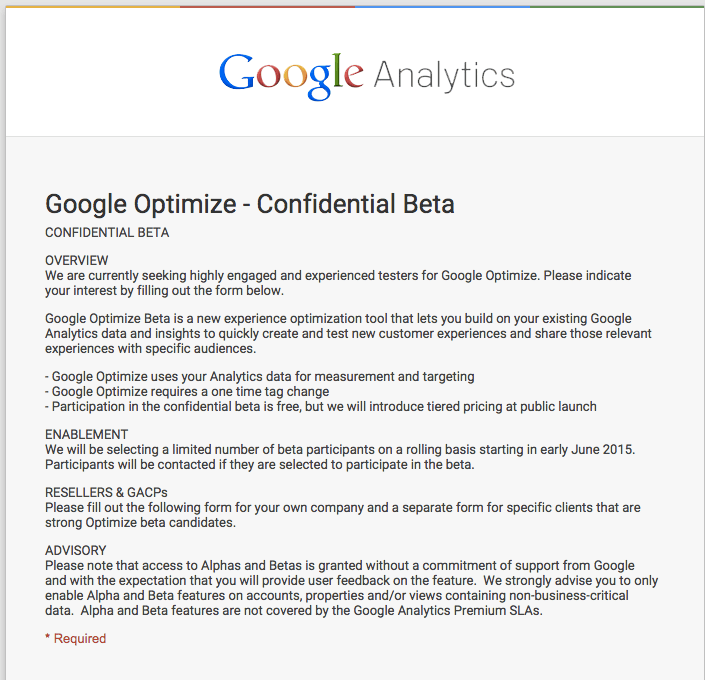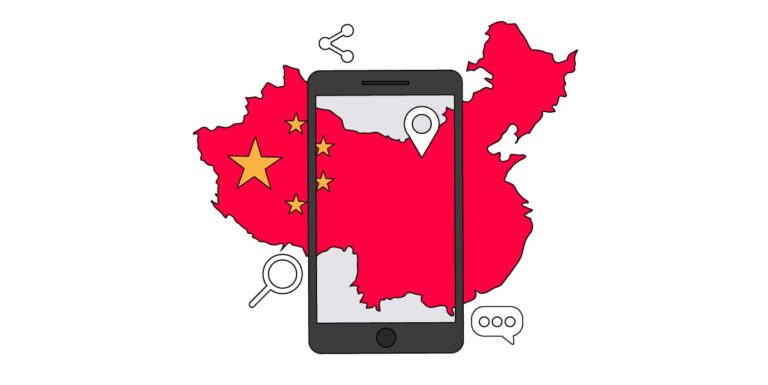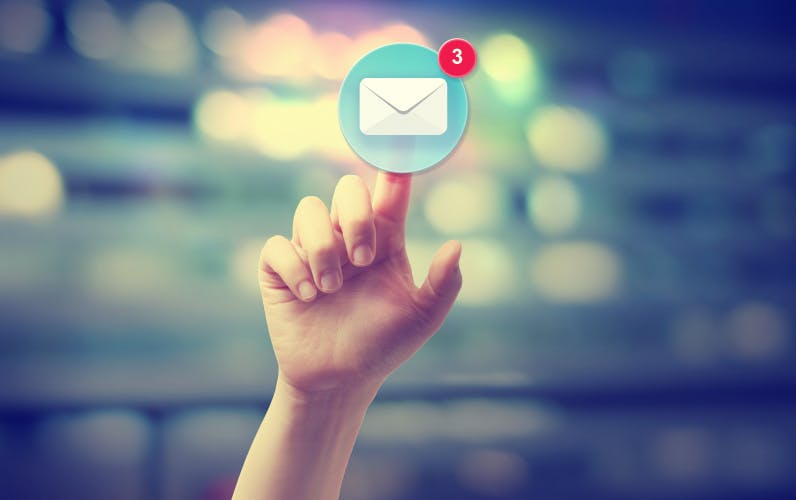
When it comes to driving revenue, Cheetah’s research found that email is still the number one channel for conversion according to the 5,000 consumers surveyed. “Based on consumer responses, email outperforms SMS by over 108% when driving revenue, and that’s a 9% lift over 2021 stats,” explains Glomb. “Further [to this], email outperforms banner ads for driving sales by 53%. Lastly, email outperforms organic and social posts and social ads by over 19%.”
One of the main benefits of loyalty programmes for brands, of course, is the data it can bring in. Whilst on the topic, Glomb also spoke about consumer attitudes towards data, particularly in relation to the type of data they are happy to share – and why they are happy to share it.
In terms of brand communication, Glomb says that frequency should be based on individual factors, which again makes the customer feel seen. “If customers typically make a repeat purchase every six months, don’t inundate them with targeted emails or retargeted ads right after they’ve made a purchase.”
However, it’s not always that easy. “Modern consumers expect to be entertained. They want to be engaged, they want to receive something in return for their attention, and certainly something in return for their personal data,” he says.
Email continues to convert as marketers prioritise more than clicks in first-party data push
“The overwhelming majority of consumers still feel that advertisements derived from location data, third party cookie tracking, and smart devices listening to them are creepy and they are not cool,” says Glomb. “They are however split on the use of chat bots accessing purchase history, and ads on social media based on recent shopping experiences.”
This is not entirely surprising, but Glomb states that a surprising number of marketers fail to correctly invest in a channel which is one of the easiest in which to “personalise offers and messaging using both zero- and first-party data. It really does drive significant engagement when you go that extra mile.”
Despite this, says Glomb, “40% of consumers are more likely to take part in a loyalty program than last year. And that is an 11% increase from those that said the same thing from 2020 going into 2021.”
Of course, consumers can also be fickle irrespective of this, meaning there is a multitude of reasons that someone might turn towards a competitor. For example, Cheetah’s research found that 31% of consumers who switched brands did so because a competitor had better promotions, 26% said it was because they didn’t feel valued as a customer, and 19% of switchers said it was because of brand stance on social, political or environmental issues.
Consumers want to be communicated with “as and when necessary”, no more, no less
However, Glomb does suggest that Apple’s recent iOS changes have prompted marketers to get serious about personalisation. “When you’re using customer data to personalise the subject line well beyond just using their first name,” he says, “it has tremendous impact on engagement rates. So, shifting to an engagement strategy beyond just an ‘open and click strategy’ is critical.”
Indeed, 67% of consumers referenced ads based on location data as creepy, while 62% and 61% of consumers respectively said the same about ads derived from cookie tracking, and ads related to something they talked about near a smart device.
Instead, Glomb told Econsultancy’s Jim Clark on a recent webinar, “consumers control their own journey from discovery through to loyal customer, and marketers need to be more agile than ever in supporting that landscape.”
Brands often do this by inferring information. For example, messaging consumers time and time again based on the purchase of a single item (which could incidentally be a birthday gift for someone else). “You need to know your customers better than a single transaction and the practice of inferring or trying to deduce what your customers want can really be a customer turn off,” says Glomb. He also states that the key to avoiding this is to focus on the correct data. “[Personalisation means] delivering, value, relevancy and creating meaningful experiences to individuals based on their own preferences and that explicitly shared data – not third party or inferred data that may have been bought, sold or collected.”
Glomb broke down some key points from Cheetah Digital’s latest research with Econsultancy, delving into consumer attitudes towards personalisation, privacy, messaging, and brand loyalty.
Glomb says loyalty is a “goal you can only achieve by truly knowing your customers and carefully nurturing every single relationship that you have… that means every action, the input, the communication, everything a customer receives should make them feel valued, respected.”
Loyalty – everything a customer receives should make them feel valued
Fortunately, Cheetah’s research suggests that consumers don’t necessarily want huge prizes or discounts in return (despite this also being a big driver). Glomb shares that “84% will spill the beans for a chance to win a prize, but consumers are actually sharing behavioural and psychographic data for things like exclusive access, with 86% saying so, 61% saying they would take unlocked content, and 55% simply want to feel that they are part of a brand community.”
But what does that mean in practice? What do changing data strategies and comms plans mean for customer loyalty?
Ultimately, he says, “creating messaging opportunities based on transactional data – you know that’s good, but using zero and first party, psychographic data to personalise those messages will differentiate your brand from your competitors.”
Glomb says that, overall, “consumers are frustrated with the lack of personalised messaging they’re receiving, with 49% of them feeling irked by irrelevant content or offers from brands – that’s actually a 17% increase from last year.”
Location data is a no-no, but consumers increasingly comfortable with purchase history influencing their experience
What makes a brand become a consumer favourite? Cheetah research shows that consistency is a big driver, with 80% of respondents saying they have a favourite brand as it provides a consistent customer experience. Seventy eight percent say it’s down to being rewarded for their loyalty. Glomb cites “acknowledgement of a customer’s actions beyond just purchases” as a critical factor here, which also ties into other important factors such as being treated as an individual, and striving to develop a relationship with them. “So, listening is a major factor,” reiterates Glomb. “You can’t [build] a relationship by just talking at them.”
“More than half of consumers, 51% to be specific, describe the relationship with their favourite brand as they ‘communicate as and when necessary’. Now that’s a sweet spot. And you really only learn through progressively getting to know your customer.”
“Consumers no longer give a damn about your marketing plan,” states Tim Glomb, VP Content for Cheetah Digital. “And they no longer take the path that you’ve laid out for them when they’re engaging with your brand.”
Access and exclusivity are valued nearly as much as discounts
What does this research tell us? Ultimately, Glomb explains, consumers want a value exchange. “If you want your customers preference data, you need to offer something tangible in return.”
“An overwhelming majority of 80% of consumers say recommendations based on past purchase history is cool, which is a 10% increase year over year,” says Glomb. “Similarly, 65% of consumers say an email reminder about an abandoned cart item is cool, and that’s a 20% increase from year-on-year, and 51% of consumers say a chatbot with access to purchase history is cool – that’s a 16% lift since last year. And lastly,” he explains, “61% of consumers say personalised offers after they’ve been on a brand’s website for two minutes. That is cool.”
Glomb says adopt the technology needed to deliver personalisation, email will continue to outshine other channels, “especially as ad targeting starts to disintegrate with the deprecation of cookies.”


